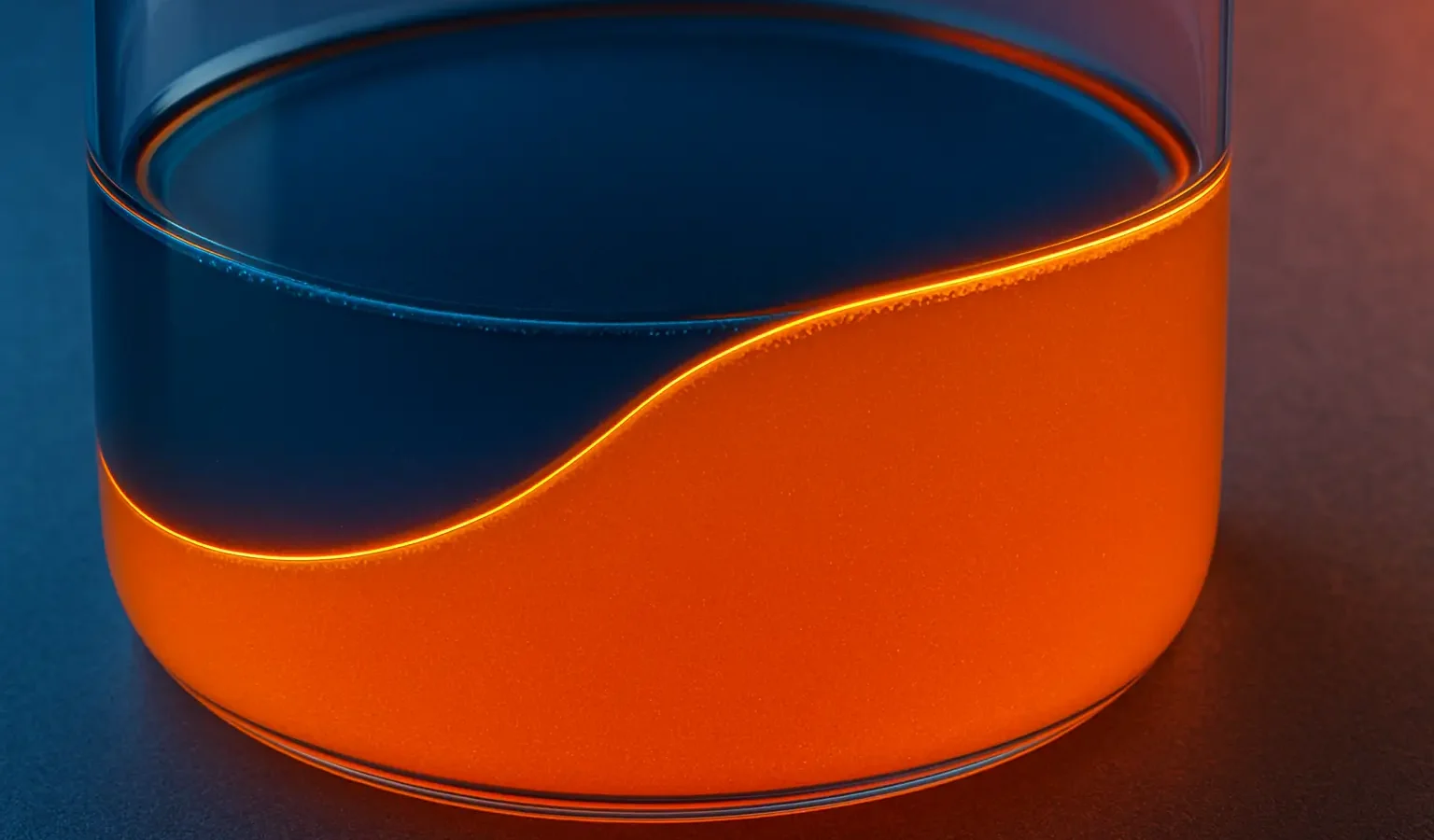Definition of Liquid Interface
- A liquid interfaces is the boundary between two immiscible liquid phases or between a liquid and another phase (solid or gas).
- At this boundary, the physical and chemical properties differ from those in the bulk phases due to molecular interactions unique to the interface.
Types of Liquid Interface

- Liquid-Gas Interface: Examples include the surface of water exposed to air.
- Liquid-Liquid Interfaces: Occurs between two immiscible liquids like oil and water.
- Liquid-Solid Interfaces: Exists where a liquid is in contact with a solid surface, such as water on glass.
Importance in Pharmaceuticals
- Stability of Dosage Forms: Interfaces play a crucial role in the stability of emulsions and suspensions.
- Drug Absorption: The interaction of drug molecules at biological interfaces affects absorption and bioavailability.
- Surface Phenomena Control: Understanding liquid interfaces helps in manipulating wetting, spreading, and adhesion properties.
Advertisements

